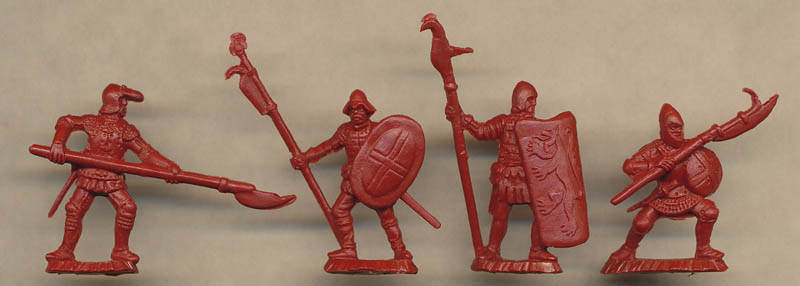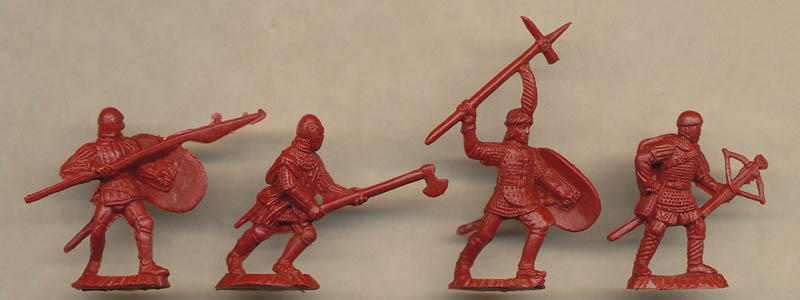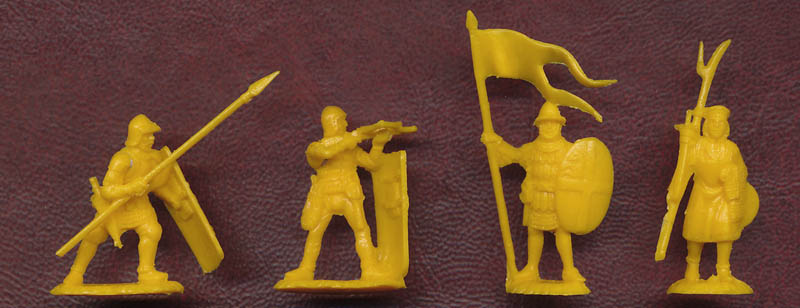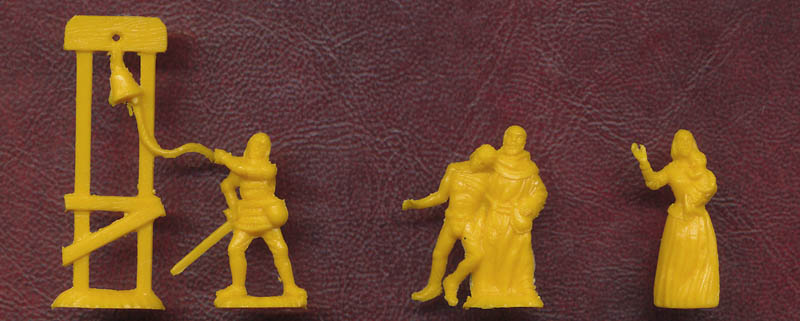
"Italian Militiamen 1260-1392 Review" Topic
1 Post
All members in good standing are free to post here. Opinions expressed here are solely those of the posters, and have not been cleared with nor are they endorsed by The Miniatures Page.
Please do not post offers to buy and sell on the main forum.
For more information, see the TMP FAQ.
Back to the Medieval Product Reviews Message Board Back to the Plastic Figures Message Board
Areas of InterestGeneral
Medieval
Featured Hobby News Article
Featured Link
Top-Rated Ruleset
Featured Showcase Article The next Teutonic Knights unit - Crossbowmen!
Featured Profile Article At last!
|
| Tango01 | 30 Jun 2020 4:21 p.m. PST |
"While Europe generally saw a considerable growth in towns during the medieval period, this was nowhere more marked than in Italy north of the Kingdom of Naples, where a number of towns had become independent city-states with their own administrative and political systems, their own commerce and, of course, their own military forces. The local aristocracy continued to provide the heavy cavalry, but the bulk of the forces were made up of militias recruited either within the city or in the surrounding area under its control. The rural militia – that recruited from the contado or countryside surrounding a city – were generally looked-down upon, and mostly used as labourers and ‘devastators' (used to destroy an enemy's crops and infrastructure). The urban militia however were widely recruited from the middle class and artisans, and were both well-motivated and wealthy enough to purchase better quality equipment, as well as have the time for better training. The militia system reached its peak around the middle of the 13th century, and thereafter declined slowly, partly thanks to the widespread factionalism that constantly caused internal strife throughout the region and meant militias were sometimes more interested in battling themselves than an enemy. As militias declined, so the practice of hiring mercenaries grew (into the condottieri system), which avoided the political problems of militias as the recruits were usually foreigners (i.e. not from that city), and by the last few years of the 14th century this process was largely complete in Northern Italy. This set comes in two different forms, or types. The first was released in 2018 and had 32 figures in the eight poses pictured in brown plastic in our first two rows above. Then in 2020 the company released the second type for this set, which had 24 figures in 16 poses. Those poses were the eight already found in the first type plus eight new ones as pictured above in orange plastic in our third and fourth rows. The type 1 set had four of each pose. The type 2 set has two of each of these poses, plus one of each of the new poses. Apart from the brown and orange colours illustrated, we do not know what colours either set was made in. The box is the same for both – the only difference is tiny stickers over the text on the front and end which update the number of figures and poses. Apart from that, there is no telling which type is included in the box. We reviewed the type 1 set when it was released, so this review is an updated version, incorporating our original comments on the type 1 set but expanded to include the new poses…"




Full Review here
link
Amicalement
Armand |
|

